
In the first year of Jianmu (1334), the then representative warlord, Masasari Kusunoki, had his clan, the Wada Takaya, build a castle on this ground, which was called Kishi. It is said that Mr. Wada on the shore of the Izumi region turned into the place name of "Kishiwada". Later, in the year of Tensho 13 (1585), Koide Hidemasa entered the castle and built a castle tower. Under the Tokugawa administration, the Okabe family was enjoined in Kanei 17 (1640) and ruled for 13 generations, but the five-tiered castle tower was destroyed by lightning in Bunsei 10 (1827). In 1954, a three-layer tower tower made of reinforced concrete was rebuilt, and the city walls and tower were rebuilt in 1969.
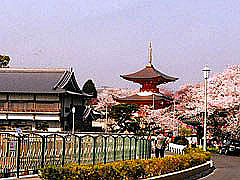
One of the 49 houses built in Kinai by Gyoki, who had entered the Yamato Yakushi-ji temple and studied the Hosho sect. He gathers faith as a temple of scholarship at Emperor Shōbu's Tōbō-ji. It also holds a number of treasures designated by the country's important cultural treasures, including the star mandala map (Hoshimandarazu), which is famous as a Heian painting. The Kume-da burial mound, which was built in the middle of the Kofun period, is also a highlight behind the temple.
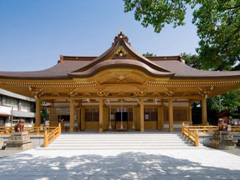
A shrine known by the common name of "Kishijo-san". During the Danjiri Festival, 15 cars enter this shrine. Kishiwada Castle's Jinshō Shrine, and Kishiwada Castle was also famous as the god of the marriage, because Kishiwada Castle was called Chikame Ri-jo.
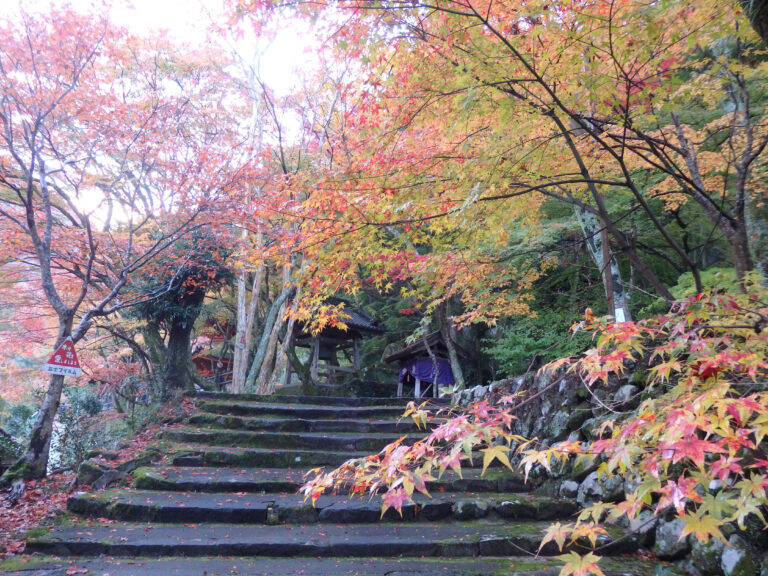
It is located in the mountains of Mt. Ushitaki, close to the prefectural border with Wakayama Prefecture, and is an ancient temple of the Tendai sect, which is said to have been reprinted by an official. The area around the vermilion Taobao, which is designated as a national important cultural treasure, is famous as the highlight of the autumn leaves, and the harmony between the autumn leaves and the temple is excellent. In the year of Reiwa 2 (2020), "No. 10 Kyozuka" was recognized as a Japanese Heritage Site. The Ushitakiyama Momiji Festival is held every November.
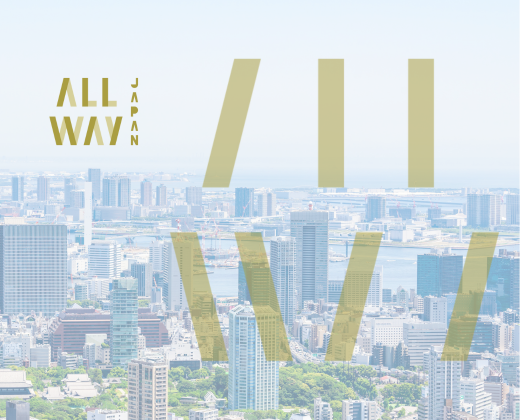
Tadaoka Minato Market, which is opened on the fifth Sunday of the season, which is easy to enjoy several times a year. It takes place in the square of the Tadaoka Fishing Co-operative Association, just off the sea, and is visited by a large number of people from inside and outside the town.
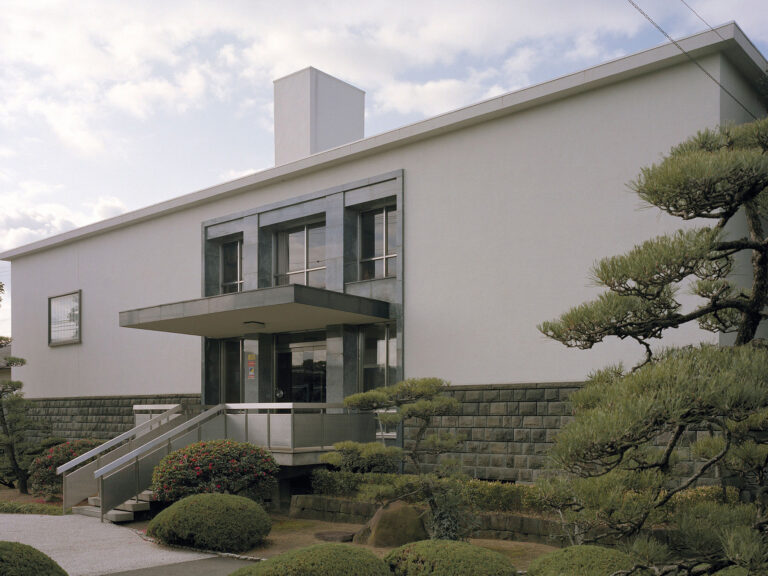
It holds a wide range of tea tools, works of Buddhist art, and archaeological materials, mainly ink-and-ink paintings from the Middle Ages. The holdings, which include three national treasures and 13 important cultural relics, amount to about 1300. Every year, it holds spring and autumn exhibitions, and can tour a part of the Masaki Memorial House, which is designated as a registered tangible cultural property on Saturdays and Sundays during its opening, and on public holidays.

The facility was worked together by the city of Takaishi and Bohnelund. It is attached to the commercial facility "Apra Takaii" and is located within SQUARE, TERRACE and PLAYLAB. It consists of three areas. You can also play with picture books, play play tools and take a break at SQUARE, TERRACE, which is available for free. Paid PLAYLAB. Then you can play with blocks and playbooks.
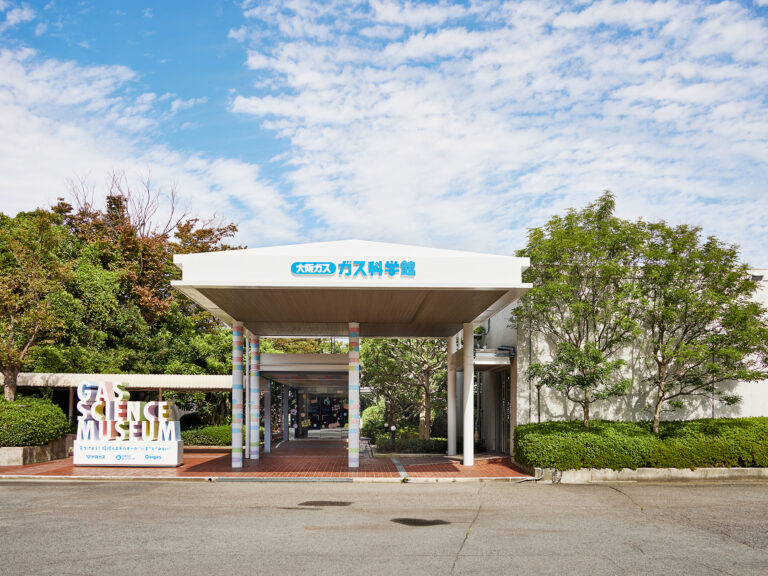
It reopened in December, 2022. Located in a huge factory of a city gas plant and a natural gas power plant, a spot where you can enjoy learning about the global environment and the “now” and “mirai” of energy centered on gas. Tour the inside of the hall while answering the quiz using the tablet. You can learn about the Daigas Group's efforts for natural gas, the global environment, and the future through video and panel displays. There are lots of fun such as factory tours on buses and experiments on energy. Private tours are held on the 2nd and 4th Saturdays (10-12 o'clock, 13:30-15:30). On weekdays, only group tours of 15 or more people are possible (details are confirmed by the official site).
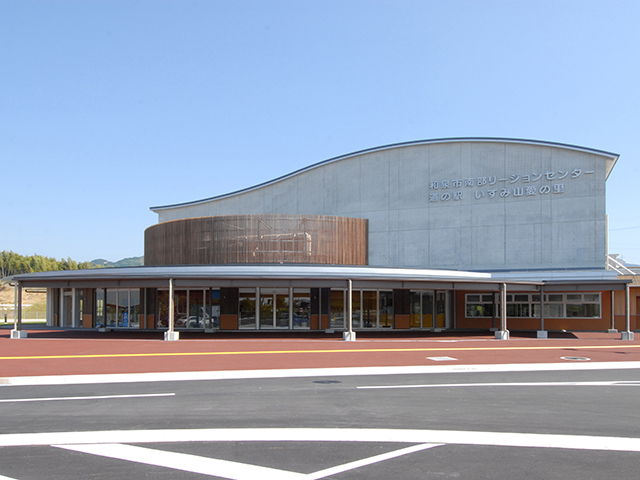
There is a tea corner and a regional produce sales office; selling agricultural products and processed products that are particular about the production of Izumi City.
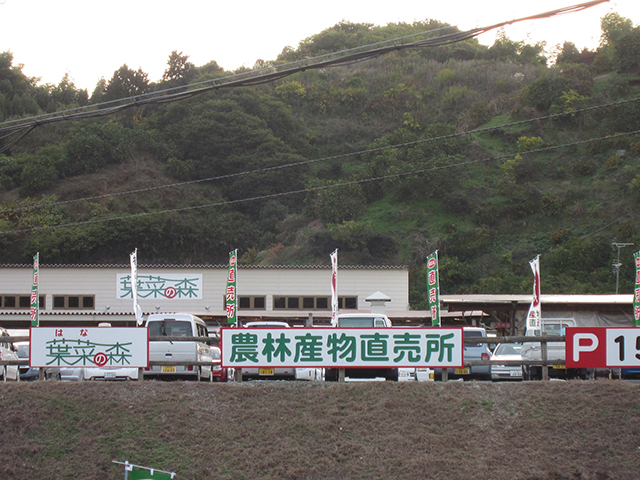
Hananomori (Hananomori) sells fresh vegetables and fruits, floriculture, processed products, forest products, and crafts made by local farmers with all sincerity.










